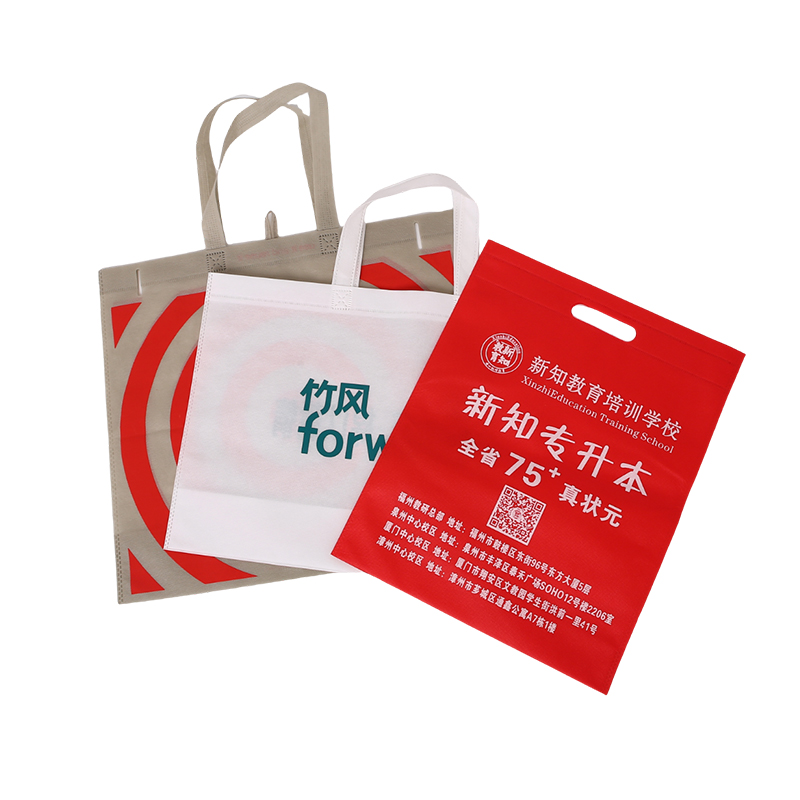Inquiry
Inquiry

Products from a PLA bag factory have become an important part of the global shift toward more sustainable packaging solutions. PLA, or polylactic acid, is a biodegradable and renewable material derived primarily from corn starch or sugarcane. Unlike traditional plastic bags made from petroleum-based materials, PLA bags offer several environmental benefits that appeal to businesses and consumers aiming to reduce their ecological footprint.
One of the key environmental advantages of products from a PLA bag factory is their biodegradability. PLA bags can break down naturally under industrial composting conditions, turning into water, carbon dioxide, and organic matter. This process typically occurs within a few months, unlike conventional plastic bags that may take hundreds of years to decompose. By using PLA bags, the amount of persistent plastic waste in landfills and oceans can be significantly reduced, helping to alleviate pollution problems.
Another important benefit relates to the source material of PLA. Since PLA is derived from plant-based resources, products from a PLA bag factory are made from renewable raw materials rather than finite fossil fuels. This contributes to lowering the demand for oil extraction and reduces associated environmental impacts such as habitat destruction and greenhouse gas emissions. The use of agricultural crops for PLA production supports a circular economy model by linking waste reduction with renewable resource utilization.
Products from a PLA bag factory also generally produce fewer greenhouse gas emissions during their lifecycle compared to traditional plastic bags. From raw material cultivation to manufacturing and disposal, PLA bags tend to have a smaller carbon footprint. This can assist companies in meeting environmental goals and regulations focused on climate change mitigation. Additionally, the energy required to produce PLA bags is often lower than that needed for petroleum-based plastics, contributing to energy conservation.
The compostability of PLA bags is another notable feature. When properly disposed of in industrial composting facilities, PLA bags contribute to creating nutrient-rich compost that can be used to improve soil health. This supports sustainable agriculture and helps close nutrient loops in ecosystems. Although home composting of PLA is less common due to specific temperature and humidity requirements, advancements in waste management infrastructure continue to expand composting options.
Choosing products from a PLA bag factory also reduces dependence on single-use plastics that harm wildlife and ecosystems. Marine animals and birds are particularly vulnerable to plastic pollution, which can cause injury or death through ingestion or entanglement. By switching to biodegradable PLA bags, the risk of long-term environmental damage is diminished, supporting biodiversity conservation.
Despite these benefits, it is important to note that the environmental impact of PLA bags depends on proper disposal and infrastructure availability. Industrial composting facilities must be accessible for PLA bags to break down effectively. Without such facilities, PLA bags may behave similarly to conventional plastics in landfill environments. Therefore, collaboration between manufacturers, consumers, and waste management systems is essential to fully realize the environmental advantages of PLA products.
Products from a PLA bag factory offer several environmental benefits, including biodegradability, use of renewable resources, reduced greenhouse gas emissions, and support for composting. These qualities make PLA bags a viable alternative to traditional plastics in efforts to reduce pollution and promote sustainability. As awareness grows and infrastructure improves, the adoption of PLA bags can contribute significantly to environmentally responsible packaging solutions worldwide.
Join Us
For 12 years, we have focused on the production and manufacturing of handbags, constantly innovating and researching.
Seed Message
Megalith